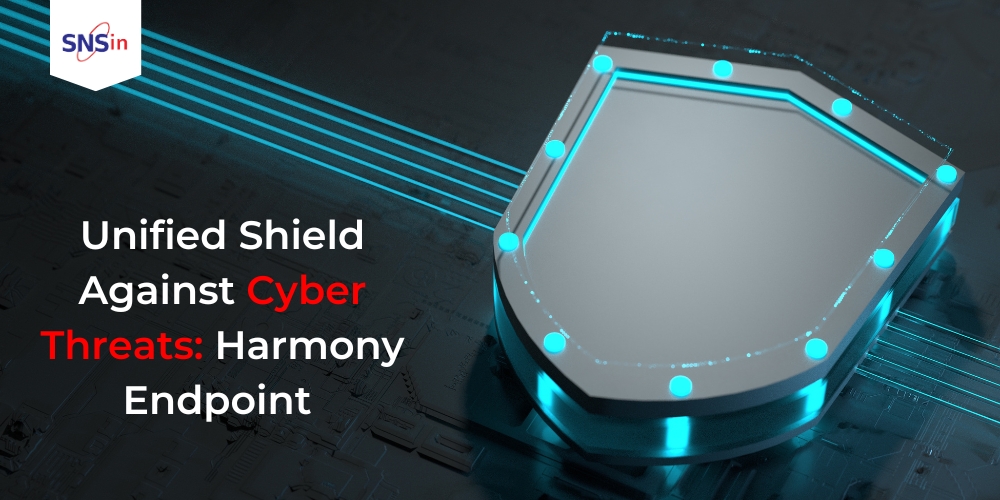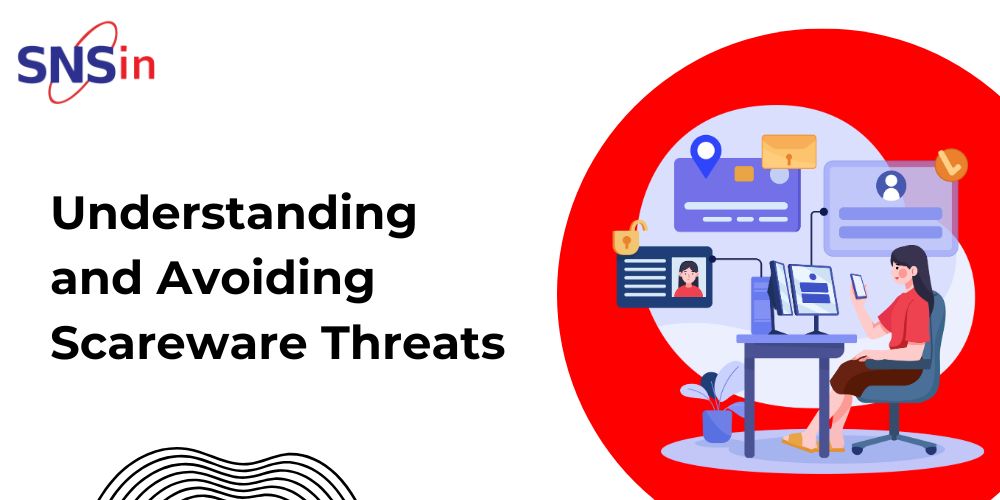Biohacking, the practice of modifying the human body for enhanced abilities, is gaining traction. But this trend has cybersecurity implications.
This blog explores how biohacking intersects with cybersecurity and how advances in biotechnology create novel security threats.
Understanding Biohacking
Biohacking, the DIY biology movement using science and technology to enhance mind and body, ranges from routine tweaks like diet adjustments to extreme interventions like gene editing and cybernetic implants. Biohackers, or “grinders,” push the boundaries of human capability.
Types of Biohacking
Nutrigenomics: Genetic engineering and the manipulation of genes by diet and supplements.
DIY Biology: Performing biological experiments in an environment other than laboratories.
Grinders: Surgically placing neurological augmentations to increase physiological performance.
Quantified Self: Applying technology as a tool for gathering information about different facets of life with an aim of achieving enhanced performance.
Biohacking and Cybersecurity: The Intersection
The nascent biohacking trend, integrating tech into the body, raises future cybersecurity concerns. As biotech devices become commonplace, vulnerabilities for cyberattacks increase.
Cybernetic Implants and Vulnerabilities
The growing popularity of internet-connected biohacking implants like RFID chips and pacemakers raises cybersecurity concerns. Hackers could exploit vulnerabilities to harm individuals or steal sensitive data. Strict security measures are crucial for these devices.
Data Privacy and Biometric Information
Biohackers gather a wealth of personal data: genetics, biomarkers, health indicators. While valuable, this highly sensitive information requires robust privacy and security safeguards. Leaks could lead to identity theft, discrimination, or misuse.
Genetic Information and Security
Gene editing advancements, while promising for healthcare, raise cybersecurity concerns. Hacking and misuse of genetic information pose ethical and security threats, including potential bioterrorism.
Ethical Hacking and Biohacking Groups
Biohackers share a culture of open information, innovation, and decentralized technology with ethical hackers. Like how white hats collaborate to expose security vulnerabilities, biohackers can work together to identify and address security risks in emerging biotechnologies.
Potential Cybersecurity Threats from Biohacking
The biohacking trend, blurring the lines between biology and technology, creates novel cybersecurity threats. Understanding and addressing these risks is critical for individual and organizational safety:
Bio-Cyber Attacks
Bio-cyber-attacks combine cyber and biological threats. Hackers target implantable devices or biomedical equipment to steal data or cause harm. Addressing these attacks requires robust cybersecurity measures alongside biological safeguards.
Data Breaches and Privacy Issues
The surge in collecting, storing, and analyzing biological data creates a growing vulnerability to data breaches. Leaks of genetic and biometric data can lead to identity theft, unauthorized surveillance, and even personal security threats.
Biometric Authentication Vulnerabilities
Biometric authentication like fingerprints and facial recognition is gaining traction, but these systems have vulnerabilities. Biohackers could exploit them or even modify their own biomarkers to bypass security, posing a significant risk.
Enhancing Cybersecurity in the Age of Biohacking
To mitigate the risks associated with the convergence of biohacking and cybersecurity, several measures can be implemented:
Strengthening Device Security
Robust security is paramount for biomedical devices and implants. This includes encrypted communication, regular updates, and thorough vulnerability assessments to minimize hacking risks.
Data Protection and Privacy Measures
Organizations handling biological data must uphold strict security and privacy standards. Encryption, anonymization, and secure storage techniques are crucial to safeguard personal information.
Multidisciplinary Collaboration
Combatting biohacking’s security threats requires collaboration. Biohackers, cybersecurity experts, and ethical hackers can share knowledge and experiences on risks and security strategies to build a stronger defense.
Public Awareness and Education
Public awareness is crucial about biohacking’s potential risks and opportunities, alongside the importance of robust cybersecurity. This empowers individuals to make informed decisions and enhance their personal security.
Conclusion
Biohacking’s convergence with technology presents both opportunities and cybersecurity challenges. By understanding these risks and fostering collaboration between biohackers and security experts, we can harness biohacking’s potential while building a safer digital and biological future.
At SNS, our team of cybersecurity professionals is dedicated to providing the best security solutions for today’s evolving threats.
Please reach out to us with security requirements to [email protected]
Swathi
Author
Working IT professional and a Cyber Security enthusiast. Passionate to write about Cyber Security topics and Solutions. I share my insights as I study articles and trending topics in the field of Cyber Security.
![]()




